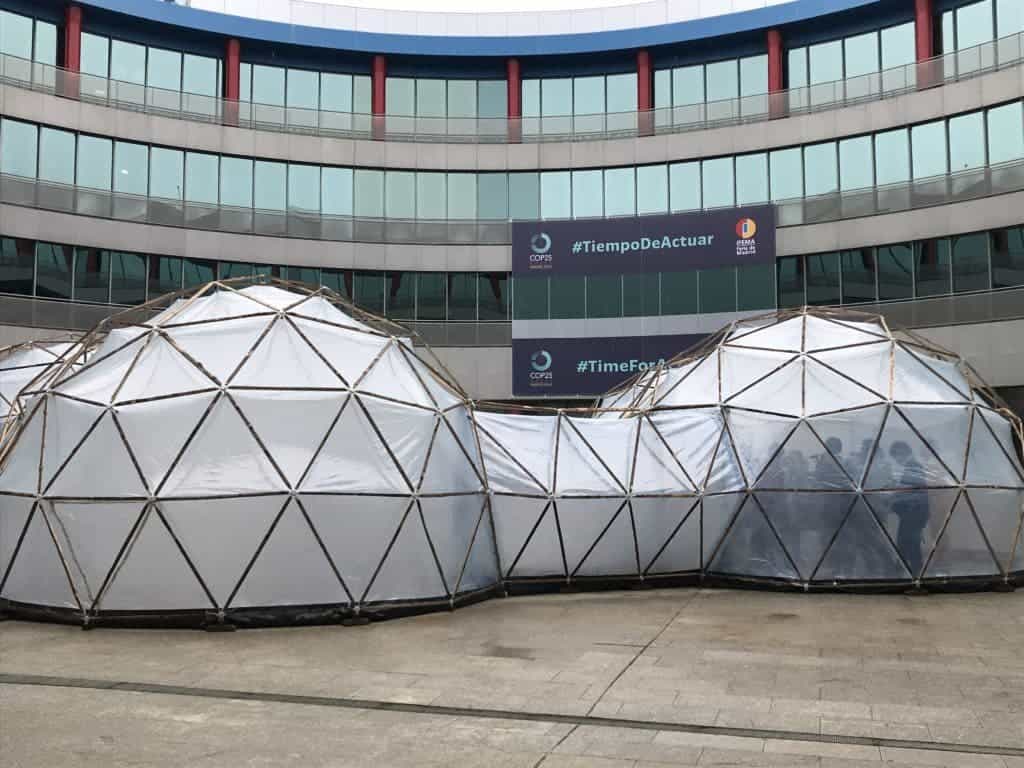Despite being in Madrid, the more than 20,000 people attending the COP25 climate summit can get the feeling of how it’s like to breathe the air of some of the most polluted cities in the world thanks to an art installation set up at the sidelines of the summit.

London artist Michael Pinsky installed a set of “pollution pods” to recreate the bad air quality of London, Beijing, Sao Paulo, and New Delhi. Instead of actual smog, he used perfume blends and fog machines, making sure there’s no actual risk to the visitors of the installation.
Nevertheless, that’s not the case for millions that live in polluted cities across the globe. According to the World Health Organization (WHO), nine out of ten people on the planet are affected by polluted air, killing over seven million prematurely per year. Children are especially vulnerable, WHO said.
“The health burden of polluting energy sources is now so high, that moving to cleaner and more sustainable choices for energy supply, transport and food systems effectively pays for itself,” said Dr Maria Neira, WHO Director of Public Health, Environmental and Social Determinants of Health.
The pods actually start at Norway, with the cleanest air in the world, and then moves on to the cities with actual pollution, from good to worse. As visitors walk around, they can see and feel the contrast between different cities. Most leave the pods with an expression of shock.
The installation arrived in Madrid thanks to several agencies such as the WHO. The pods were commissioned to Pinsky as part of Climart, a research project that examines the psychological mechanisms that are involved in the production and reception of visual art, hoping to unite natural sciences and visual arts.
Teresa Ribera, Minister for the Ecological Transition of Spain, said: “Air pollution and climate change are the two sides of the same coin. The symbolic installation of the Pollution Pods at COP25 should remind everybody that we are negotiating for cleaner environments, cutting emissions and gaining better health for all.”
Back in July, the UN and WHO called governments to act on air quality through the “Clean Air Initiative”, which seeks the commitment of countries to have safe air quality and to align the agenda of climate change and air pollution by 2030.

Air pollution costs the global economy US$5.11 trillion in welfare losses, according to the World Bank. In the 15 countries with the highest greenhouse gas emissions, impacts are estimated at more than 4% of GDP.
Meeting the Paris Agreement, signed in 2015 to limit global warming to 2 degrees Celsius, could save one million lives a year by 2050 and generate benefits worth an estimated U$54.1 trillion just through reduced air pollution.


